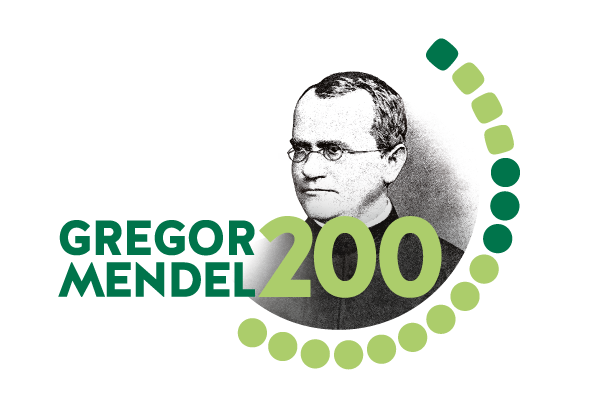Vienna, 1840 © Wien Museum
VIENNESE INFLUENCES
In 1850, Gregor Mendel wanted to move from Brno to Vienna to take the teacher’s examination in physics and natural history. Mendel failed the exam – a stroke of luck for science, as it would turn out much later.
After failing the exam, his Brno abbot enabled Mendel to study at the University of Vienna from 1851 to 1853. During that period, Mendel attended lectures such as “Demonstrative Experimental Physics” with Christian Doppler, the discoverer of the Doppler effect, and “Anatomy and Physiology of Plants” with Franz Unger.
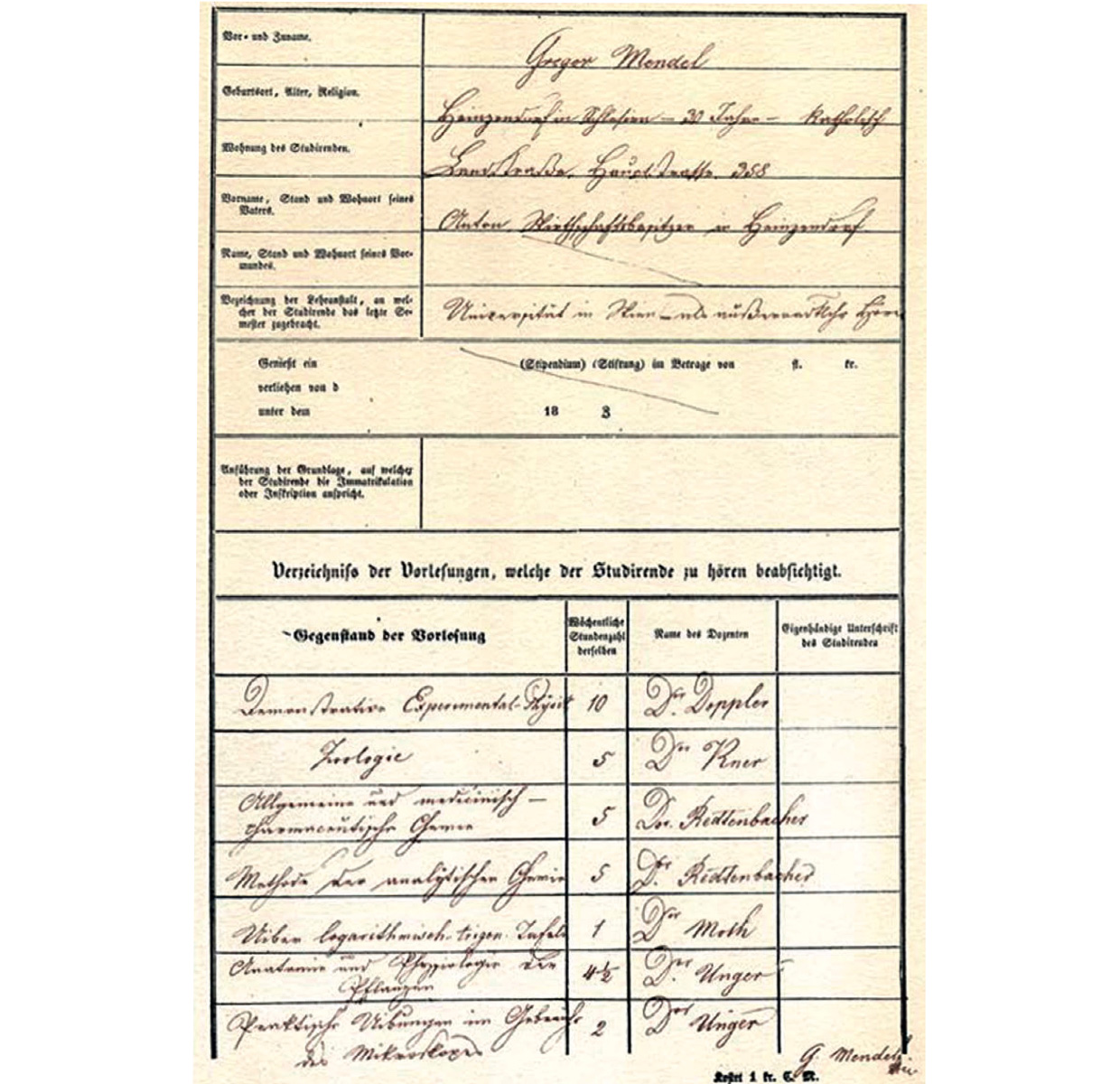
CHRISTIAN DOPPLER
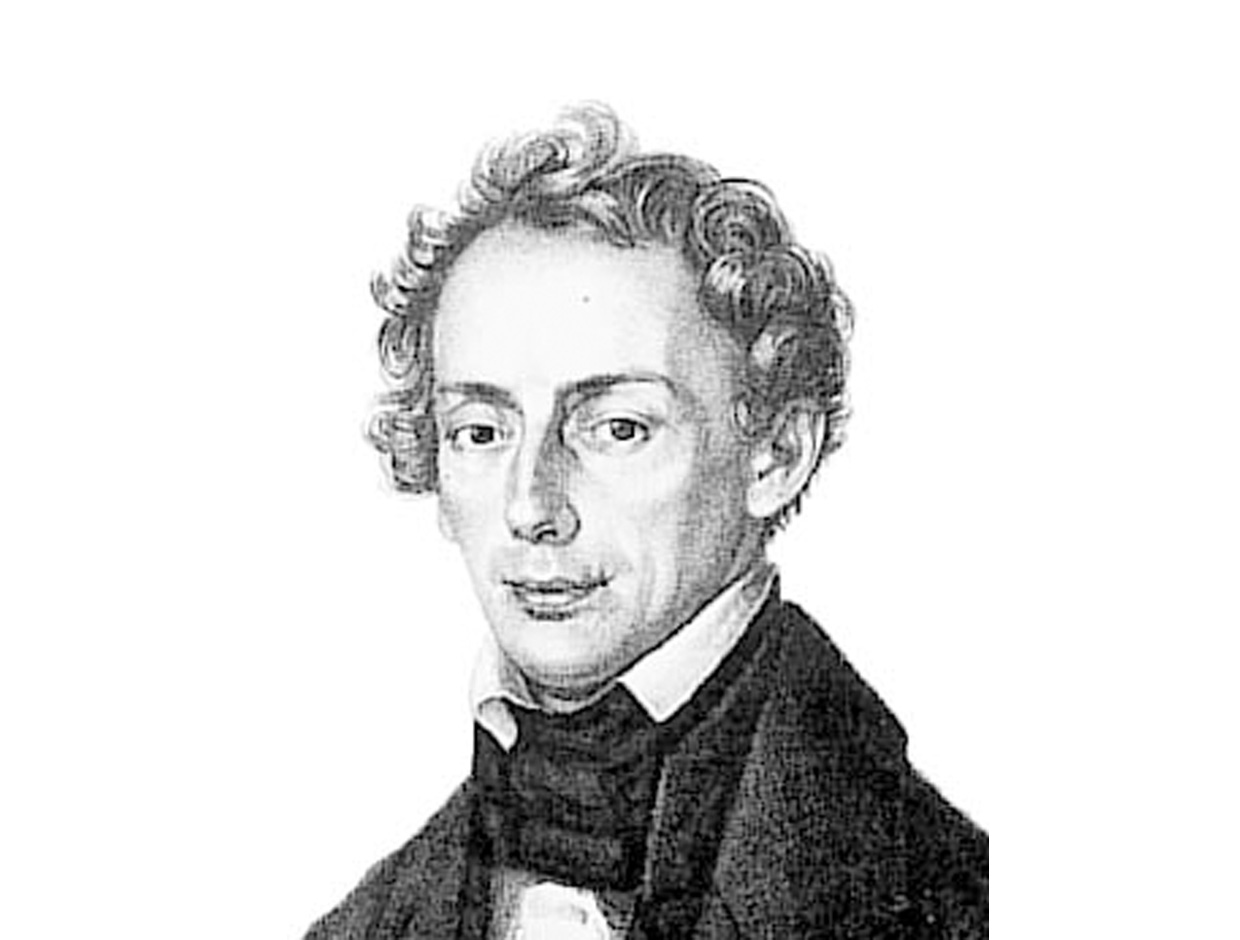
Christian Doppler, author unknown
In 1850 the physicist and mathematician Doppler had just become director of the new Institute of Physics. Mendel studied demonstrative experimental physics with him. It was a very practical and completely novel teaching approach because Doppler involved the students in his classes: he demonstrated experiments to them and incited them to conduct their own. This approach to research may have had a decisive influence on Mendel.
Before his academic career in Vienna, Doppler considered emigrating to the USA, as he could not find adequate job opportunities in the Austrian Empire. However, he was able to find a position as a teacher in Prague – another parallel to Mendel, who was himself a substitute teacher. After Doppler had taught at other universities in the Empire, he eventually moved to Vienna following the revolution of 1848.
He became famous for his work on the Doppler effect: this milestone in science describes a relationship between the frequency of sound perceived by an observer and the motion of a sound source. In everyday life, we all notice this effect with the siren sound when an ambulance or police car passes us quickly. In addition to the acoustic Doppler effect, an optical Doppler effect also exists.
ANDREAS RITTER VON ETTINGSHAUSEN

Andreas Ritter von Ettingshausen, author unknown
Christian Doppler died in 1853 and was succeeded as director of the institute by Andreas Ritter von Ettingshausen.
It was with him that Mendel attended the course on higher mathematics. This, too, was probably a major influence on Mendel’s later research: Mendel applied extensive statistical analyses – still unusual for his time in botany.
FRANZ UNGER
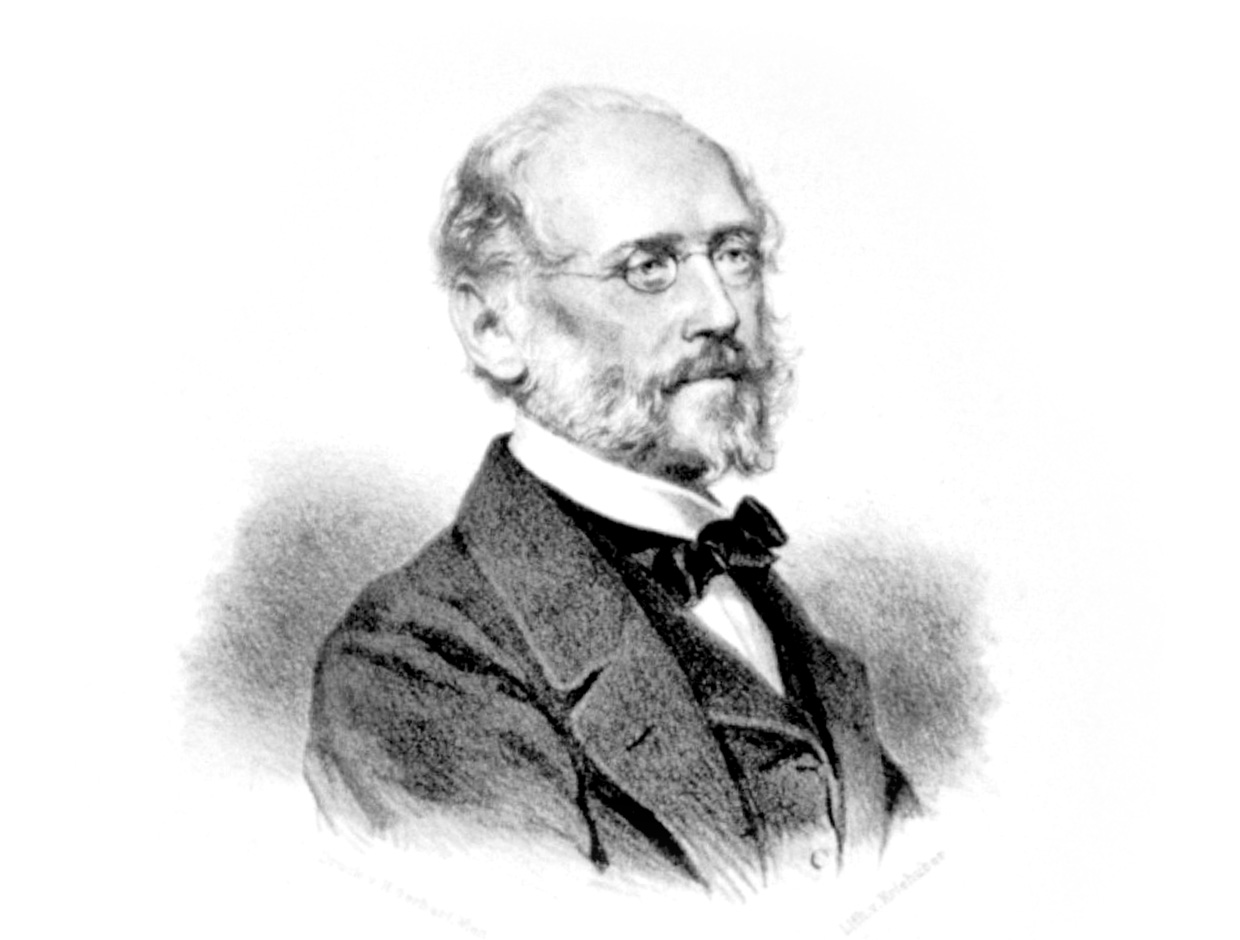
Franz Unger, lithograph by Josef Kriehuber
Mendel learned plant anatomy and physiology in addition to the use of a microscope from Franz Unger. Unger had studied law and medicine. He was first a medical examiner – and then became a botanist. In 1850, he was brought to Vienna as professor of plant physiology.
Unger’s field of research was broad: he was interested in cell biology, plant anatomy and physiology, as well as paleontology. Even before Darwin, he was concerned with evolution and assumed that all plants can be traced back to an “original plant”.
Unger was convinced that cells were the essential unit of all life. In his study of plants, he was very interested in size relationships, among other things, and collected data on a large scale*.
He may thus have had a decisive influence on Mendel’s interest in numerical relationships.
*) See Ariane Dröscher: Zellen, Evolution, Mathematik: Franz Ungers Einfluss auf Gregor Mendel. In: Gottfried Brem (Hrsg.): 150 Jahre Mendelsche Regeln (Nova Acta Leopoldina, 413), 2017, pp. 37–49.
RUDOLF KNER
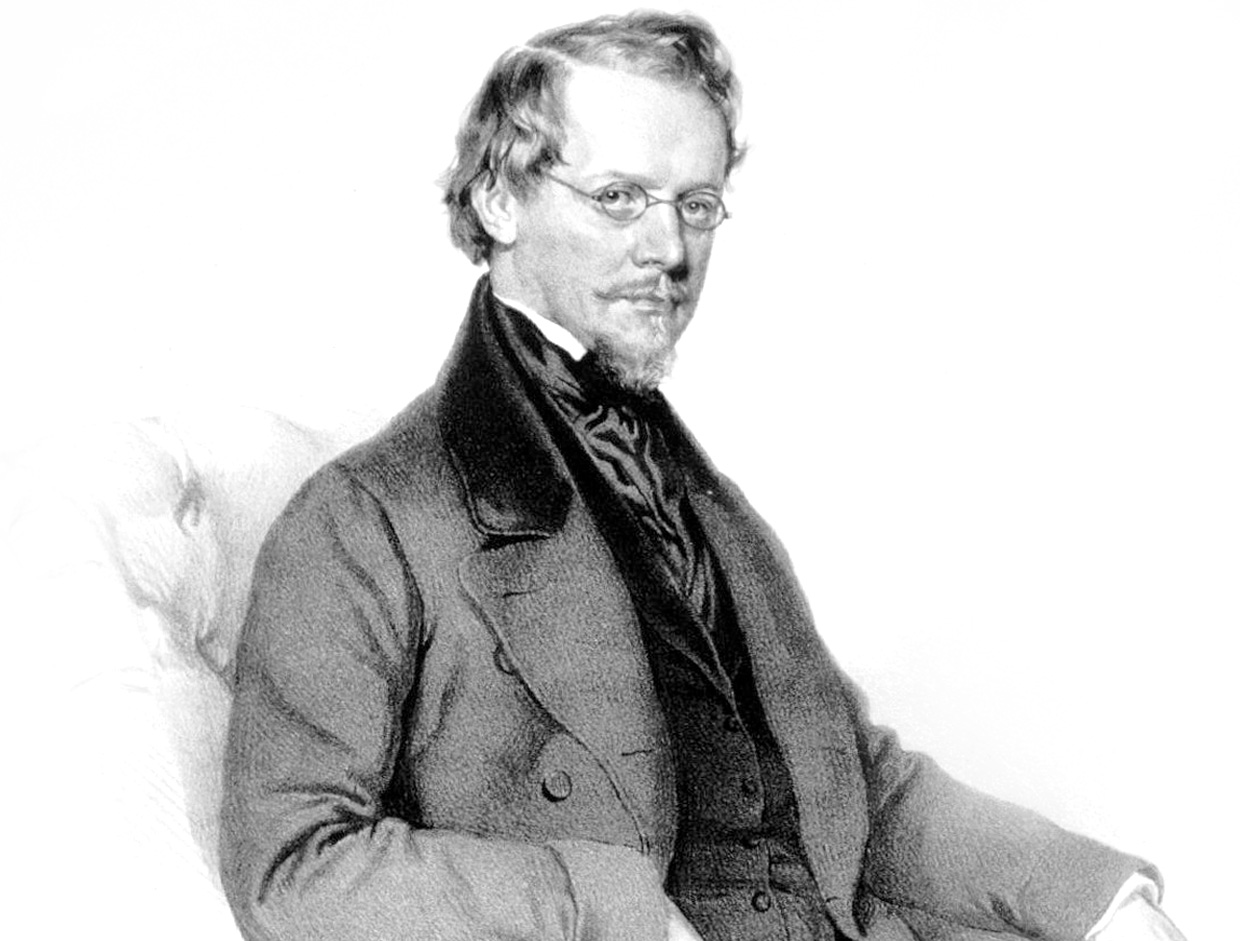
Rudolf Kner, Lithographie von Josef Kriehuber, 1852
We would also like to mention Rudolf Kner here as an influence: After all, Kner was the one who failed Mendel in the teaching examination with very harsh remarks.
But even this did not discourage Mendel. He went on to study zoology under Kner, of all people – perhaps further evidence of Mendel’s tenacity. As a reminder, Mendel would later spend eight years in Brno researching 28,000 pea plants.
This article is based on the lecture “Mendel, Unger and Doppler: Viennese Influences on Mendel’s Work” by Dr. Barbara Fischer, University of Vienna, Department of Evolutionary Biology, on the occasion of Mendel Days 2021. Her work about Mendel is financed by a EU-Interreg-Project.
The video of the lecture is available here.

